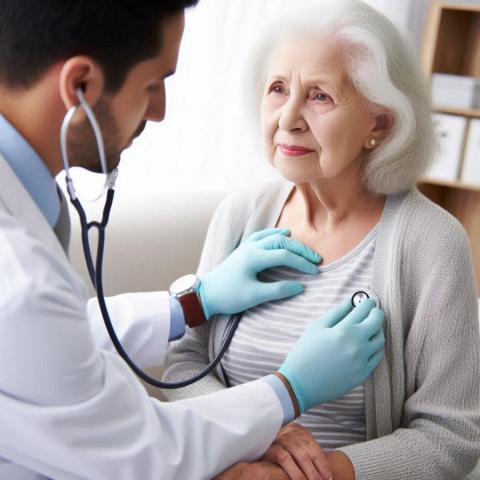
Epidemiology
Breast cancer is the most frequently diagnosed cancer in women globally, with over 2.3 million new cases in 2020 alone, accounting for about 24.5% of all cancer cases in women. It is the leading cause of cancer death in women, responsible for 685,000 deaths worldwide in the same year. While breast cancer predominantly affects women, it can also occur in men, although the incidence in men is much lower, comprising less than 1% of all breast cancer cases.
The incidence of breast cancer varies significantly by region, with higher rates in developed countries. North America, Australia, and Europe report the highest incidences, while parts of Africa and Asia report lower rates. These variations are attributed to differences in lifestyle, reproductive behaviors, healthcare access, and screening practices.
Risk Factors
Several risk factors contribute to the development of breast cancer, which can be broadly categorized into non-modifiable and modifiable factors.
-
Non-Modifiable Risk Factors:
-
Gender: Being female is the most significant risk factor, although males can also develop breast cancer.
-
Age: The risk of breast cancer increases with age, particularly after the age of 50.
-
Family History: A family history of breast cancer, particularly in first-degree relatives (mother, sister, daughter), increases the risk. Inherited mutations in the BRCA1 and BRCA2 genes significantly elevate the risk.
-
Genetic Mutations: Inherited mutations in BRCA1, BRCA2, and other genes such as TP53 and PALB2 greatly increase the risk.
-
Personal History of Breast Cancer: Women who have had breast cancer in one breast have a higher risk of developing a new cancer in the other breast or another part of the same breast.
-
Race and Ethnicity: White women have a slightly higher incidence of breast cancer than African American women, but African American women
-
Global Statistics
-
Number of new cases: In 2020, approximately 2.3 million new cases of breast cancer were diagnosed in women worldwide. This means that about 1 in 8 women will develop breast cancer in their lifetime.
-
Mortality: In 2020, breast cancer caused around 685,000 deaths globally, making it one of the leading causes of cancer-related death in women.
Incidence by Regions
-
North America: The incidence of breast cancer is among the highest in the world, with approximately 128 new cases per 100,000 women annually.
-
Europe: European countries such as Belgium, the Netherlands, and France have a high incidence, with breast cancer occurring in more than 100 women per 100,000 annually.
-
Australia and New Zealand: The incidence is also high in this region, similar to Europe and North America.
-
Asia: The incidence of breast cancer is lower in East and Southeast Asia than in Western countries, but it is increasing, especially in urbanized areas like Hong Kong and Singapore.
-
Africa: The incidence of breast cancer is lower in many parts of sub-Saharan Africa (around 40 cases per 100,000 women annually), but it is rapidly increasing due to urbanization and lifestyle changes.
Where are the most cases?
The highest number of women affected by breast cancer is in developed countries such as the United States, Canada, Australia, and most Western European countries. In these countries, screening programs and awareness are highly developed, contributing to a higher number of diagnosed cases.
However, due to lifestyle changes, increased life expectancy, and improved diagnostics, lower-income countries, particularly in Asia and Latin America, are also experiencing a rise in breast cancer cases.



